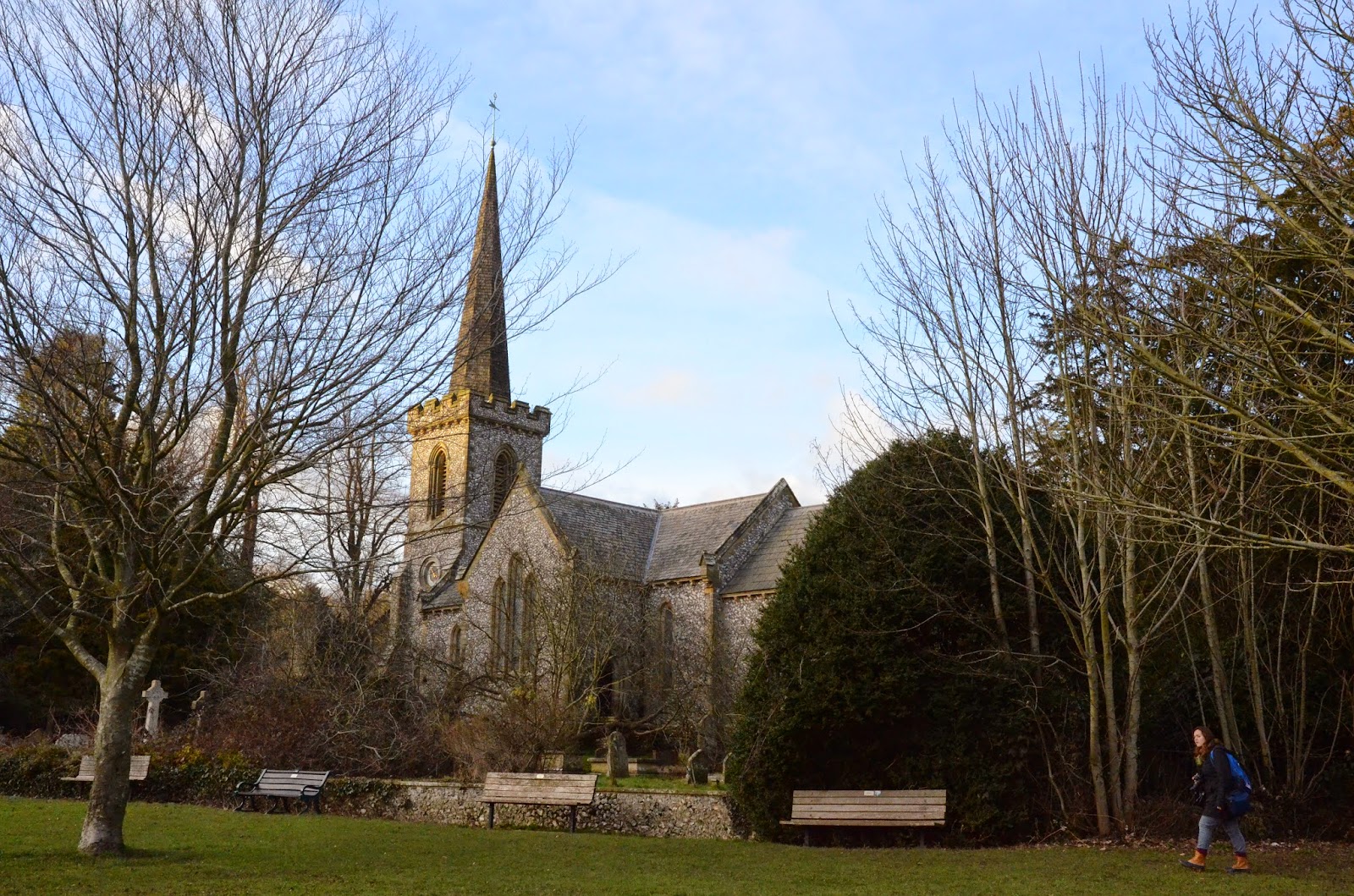Vernacular photography refers to 'amateur' pictures of everyday life and common things. They can be taken by amateur, professional or unknown photographers. Nowadays, vernacular photography is very commonly being used by people with camera phones with photographs being shared on social media such as Instagram and Facebook. These pictures tend to be of everyday things such as food or 'selfies'.
Martin Parr
One vernacular photographer is Martin Parr. The screenshots above are from one of the student presentations, which shows a brief outline of Parr's life, work and photography techniques.
I decided to further research some of his photography as shown below.
I think this photograph represents vernacular photography well as it shows many different people naturally enjoying a holiday. Moreover the use of an aerial shot creates more of a spectator point of view which creates a distance between the subjects and photographer. The punctum of this image would be the couple cuddling in the centre of the photograph.
This image was taken at fashion week. It shows a different side to the fashion world, as the models appear backstage rather than on the catwalk. It emphasises the conventions of vernacular photography as it seems very natural and candid rather than constructed. This is ironic since models usually take very much constructed photos for an intended purpose.
I like that this image represents today's society where people are obsessed with taking pictures with their camera phones. I think that the punctum of the image is the use of shallow focus so that the people with their phones become the piece of art, rather than the focus being on the Mona Lisa painting.
John Berger - Ways of Seeing
The screenshot above was also from the student presentation. In the quote above, Berger argues that when we look at a photograph, we look at it from the photographer's point of view. Moreover the picture is always constructed to reflect the photographer's intentions. I think this relates to vernacular photography, because even though the photos will appear to be candid and natural, the photographer would still have made some conscious decisions on what to include in the image. Additionally the photo would be taken for some kind of purpose, to reflect the photographer's feelings, for example a picture of someone's lunch would have been taken because the photographer enjoyed the food. Also I think Berger argues that when we look at a photograph we are subconsciously aware (or should consciously be aware) of the photographer's intentions.
In the reading Berger argues that we view art based on our own assumptions of beauty, truth, genius, civilisation, status, form, taste and so on. These things are own down to our own perceptions therefore photographs are all interpreted differently. I think Berger's analysis is important because as a photographer these factors should be considered when creating an image in order to make it one hand more personal to the photographer and on the other hand more engaging for the audience.














































